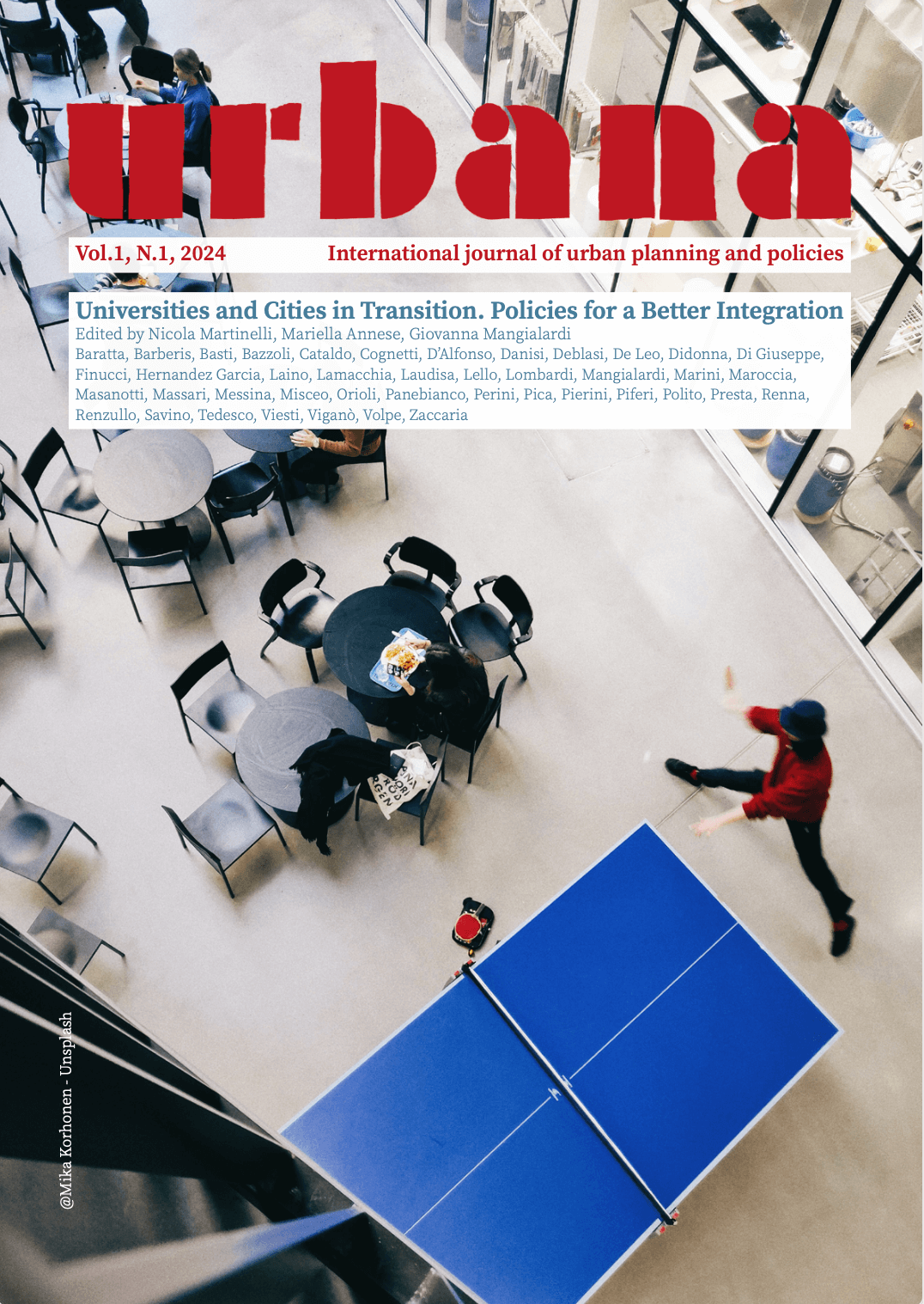RECs as a Tool for Urban and Environmental Regeneration. The Case of Roseto Valfortore
DOI:
https://doi.org/10.6092/issn.3034-8544/16738Keywords:
Renewable Energy Communities, Sustainable Land Use, Energy Transition, Circular Economy, Social Actors, Technological designAbstract
This text explores the theme of CERs (Renewable Energy Communities) and the implications related to their implementation in internal territories and in Minor Historical Centers, from the point of view of their compatibility with the conservation and protection of landscape and urban quality. The study, developed starting from a course of teaching and research collaboration conducted between the Department of Architecture and ENEA, focused on the identification of the legal, regulatory and socio-economic requirements necessary for the establishment of a CER, on the identification of best reference and on the elaboration of a meta-project proposal aimed at defining a virtuous process of accompaniment of local communities. The experience conducted has made it possible to highlight how the establishment of a CER represents an opportunity to enhance and relaunch the territories, which is difficult to circumscribe to the simple implementation of systems, which requires an adequate design approach oriented towards the regeneration and landscape and urban redevelopment.
Downloads
Published
How to Cite
Issue
Section
License
Copyright (c) 2024 Antonio Basti, Monica Misceo, Elena Di Giuseppe

This work is licensed under a Creative Commons Attribution 4.0 International License.





